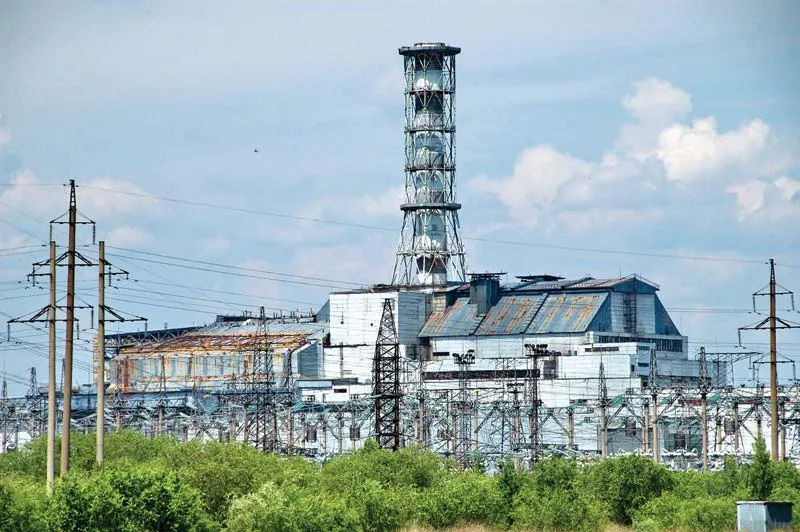On April 26, 1986, a catastrophic nuclear accident occurred at the Chernobyl Nuclear Power Plant in Ukraine, which was then a part of the Soviet Union. The disaster is considered one of the worst nuclear accidents in history. It resulted in significant human, environmental, and economic consequences.
What happened at Chernobyl Nuclear power plant?
The Chernobyl Nuclear Power Plant had four reactors, and at the time of the accident, reactor number four was undergoing a routine test. The test was intended to simulate a power failure and determine whether the plant’s turbines could produce enough electricity to power emergency systems until backup power was restored.
However, a series of errors and design flaws led to a sudden surge in power. It caused the reactor to overheat and explode. The explosion released a large amount of radioactive material into the atmosphere. It was carried by the wind and spread across much of Europe.
The immediate impact of the Chernobyl disaster was devastating. Two workers were killed in the explosion, and another 29 died from acute radiation sickness in the following weeks. In addition, many emergency workers and firefighters were exposed to high levels of radiation, causing long-term health problems.
The area around the Chernobyl plant was evacuated, and a large exclusion zone was established to prevent further exposure to radiation. The evacuation zone encompassed more than 1,000 square miles and displaced around 115,000 people from their homes.

Environmental impact due to this accident
The environmental impact of the Chernobyl disaster was also significant. The release of radioactive material contaminated soil, water, and vegetation, and many animals in the region were exposed to high levels of radiation. The long-term effects of the disaster on the environment are still being studied, but it is believed that the radiation will have a lasting impact on the region for many years to come.
The economic consequences of the Chernobyl disaster were also significant. The cleanup effort was extensive and expensive, and many businesses and industries in the region were disrupted. The Soviet Union estimated that the cost of the disaster would be around 18 billion rubles. But the actual cost is believed to be much higher.

In the aftermath of the Chernobyl disaster, significant changes were made to improve nuclear safety and prevent future accidents. The Soviet Union and other countries improved their emergency response plans. Also, the International Atomic Energy Agency (IAEA) established new guidelines for nuclear safety.
Today’s condition of the place
Today, the Chernobyl Exclusion Zone remains closed to the public, but researchers and scientists are allowed to enter to study the long-term effects of the disaster. The area has also become a popular destination for tourists who are interested in the history and science of the disaster.
In conclusion, the Chernobyl accident of 1986 was a catastrophic event that had significant human, environmental, and economic consequences. The accident led to the loss of many lives, the displacement of thousands of people. It also resulted in the contamination of soil, water, and vegetation. While significant changes have been made to improve nuclear safety since the disaster. The legacy of Chernobyl continues to impact the region and the world.







































